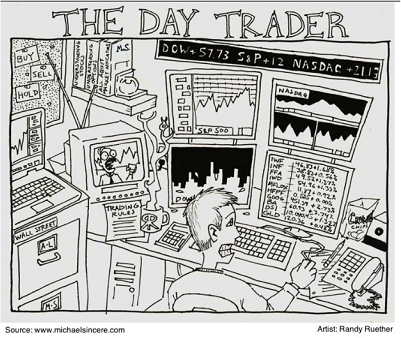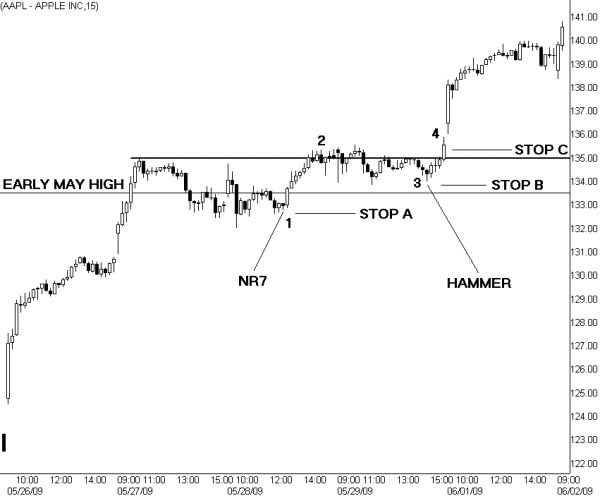4 Common Active Trading Strategies
Post on: 29 Март, 2015 No Comment

Posted by admin On November 12, 2014 0 Comment
Active trading typically entails purchasing and holding tradable assets for a short period. In most cases, active traders hold assets for a day or so with that aim of taking advantage of short-term price movements. If you would like to take this approach, here are 4 common active trading strategies :
4 Common Active Trading Strategies
Trading Momentum
Momentum traders usually buy/sell securities immediately after the release of critical information such as economic data, financial statements, or news of impending takeovers or acquisitions. Additionally, such traders also identify strong trends and wait for signs of price reversal to sell/buy. Unlike other trading strategies, this one is easy to understand and execute, making it popular among novice investors. Nevertheless, one must take care not to rush into entering/exiting trading positions based on news releases alone. In other words, it is advisable to use technical analysis indicators to determine the strength of a prevailing market trend.
Scalping
Scalping is one of the most popular active trading strategies and it generally involves exploiting price disparities caused by order flows and bid/ask spreads. There are various ways of making money as a scalper. For instance, you can buy a stock or futures contract at the bid price and sell it to another trader at a higher ask price, which means you pocket the spread. To avoid losing money, scalpers hold trading positions for very short periods. At the same time, they enter/exit many trading positions per day to increase their chances of realizing substantial profits. It is worth noting that scalping works well when buying/selling liquid assets. In addition, volatility should be low to increase chances of making profits on more or less the same bid and ask prices.
Fading

Fading basically involves trading against the prevailing market trend; that is, buying in a bear market and selling in a bull market. As such, unlike the two strategies described above, fading is a very risky strategy and therefore requires a high tolerance for risk. Moreover, it is worth noting that a trader does not wait for prices to hit a low or peak before buying/selling. At the same time, one does not buy and hold assets. Fade traders will short stocks after rapid price movements and sell as quickly as possible. Although this strategy is highly risky, it is also highly profitable.
Swing Trading
Swing traders usually aim to take advantage of prices at the end of market trends because financial markets tend to be more volatile at the end of major trends. Still, it is worth noting that swing traders usually use technical or fundamental analysis tools to identify the right time to enter/exit trading positions.
In conclusion, to become a successful active trader, you should be familiar with the strategies employed by successful active traders. The 4 common active trading strategies include scalping, swing trading, momentum trading, and fading. Of course, you should evaluate the performance of your trading strategy and customize it to suit your personality.














